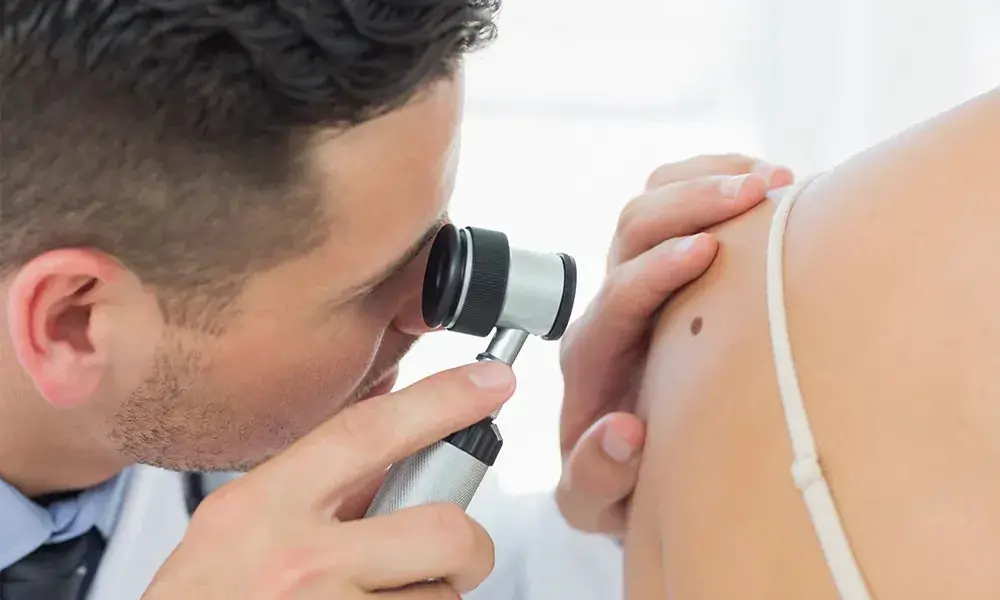Breathable Fabrics to Prevent Acne: How Can They Help?
The quest for radiant and acne-free skin is not just about the beauty products you apply but also about the clothes you wear. For beauticians seeking to offer holistic skincare advice, understanding the role of breathable fabrics to prevent acne is crucial. These fabrics allow air to circulate easily, reducing the risk of excessive moisture and heat, which are prime contributors to acne breakouts.
Imagine a scenario where every client you work with could enjoy better skin health simply by reconsidering their choice of materials. Thats the power of breathable fabricsan often overlooked aspect of skincare that can make a significant difference. Let's delve deeper into how these fabrics work and why they're essentials in the journey to clearer skin.
:max_bytes(150000):strip_icc()/GettyImages-1053614732-bb938a1398b94a7a8b6bf9d73ec0a107.jpg)
What Makes a Fabric Breathable?
Before recommending solutions to your clientele, understanding what qualifies a fabric as breathable is fundamental. Breathable fabrics are materials designed to let air and moisture escape from between the skin and the fabric. This is particularly important in preventing the buildup of sweat, which can exacerbate acne. Common breathable fibers include cotton, linen, and bamboo. These materials not only offer comfort but also help to keep the skin's surface dry and less prone to the formation of acne.
Skin-Friendly Fabrics in Focus
Cotton: Known for its softness and absorbency, cotton is a staple in breathable fabrics. Its hypoallergenic properties make it ideal for sensitive skin types.
Linen: This fabric is incredibly lightweight and dries faster than cotton, making it perfect for humid environments.
Bamboo: Bamboo fabric is not just breathable but also boasts natural antibacterial qualities. This makes it a great option for reducing skin irritation and acne.
The Connection Between Breathable Fabrics and Acne
Acne is often caused by clogged pores, which can be exacerbated by wearing synthetic fabrics that trap heat and moisture. When the skin is unable to breathe, it can lead to inflammation and the proliferation of acne-causing bacteria. By incorporating breathable fabrics into wardrobe and lifestyle recommendations, beauticians can offer tangible benefits for their clients skin health.
A detailed analysis by [The Skin Health Institute](https://hudabeauty.com/us/en_US/blog-body-acne-hacks-86511.html) found that individuals wearing natural fabrics reported reduced occurrences of body acne compared to those who wore synthetic materials.
Practical Tips for Beauticians
As a beautician, you can guide your clients not only in choosing skincare products but also in selecting fabrics that complement their skincare regime. Consider these practical tips:
- Educate your clients on the benefits of breathable fabrics and recommend options based on their personal style preferences.
- Encourage seasonal wardrobe adjustments to incorporate more breathable materials during warmer months.
- Integrate fabric guidance into your service offerings, offering personalized consultations that address both skincare and material choices.
Moreover, for those dealing with specific issues such as acne from workout gear, pointing them towards breathable fabric activewear can prevent workout-induced breakouts. The [LIVANA Natural blog](https://livananatural.com/blogs/news/skin-irritation-from-chlorine) also discusses concerns like skin irritation, providing further reading that might benefit your consultations.
Long-Term Benefits for Skin Health
Investing in quality clothing made from breathable materials is an investment in long-term skin health. Regularly updating your clientele on the latest in fabric technology and how it can enhance their skins clarity will set you apart as a forward-thinking beautician.
The adoption of breathable fabrics represents an easy, yet incredibly efficient method of preventing acne. When clients follow through on using these fabrics, they often report not just clearer skin, but a boost in confidence and comfort in their daily lives as well.
:max_bytes(150000):strip_icc()/back-view-of-senior-woman-applying-cream-on-neck-1125579154-af53c8f013b749e79e49eea54ac27e07.jpg)
FAQs
-
How do breathable fabrics prevent acne?
They allow air circulation, reducing heat and moisture build-up, which in turn prevents the clogged pores that lead to acne.
-
Which fabric is best for acne-prone skin?
Cotton and bamboo are recommended due to their breathability and natural hypoallergenic properties.
-
Can synthetic fabrics cause acne?
Yes, synthetic fabrics can trap heat and moisture, which may contribute to acne breakouts.
For further insights into maintaining skin health across different conditions, consider exploring [summer breakouts](https://livananatural.com/blogs/news/how-to-avoid-summer-breakouts) even as awareness of breathable fabrics grows.
This article contains affiliate links. We may earn a commission at no extra cost to you.

